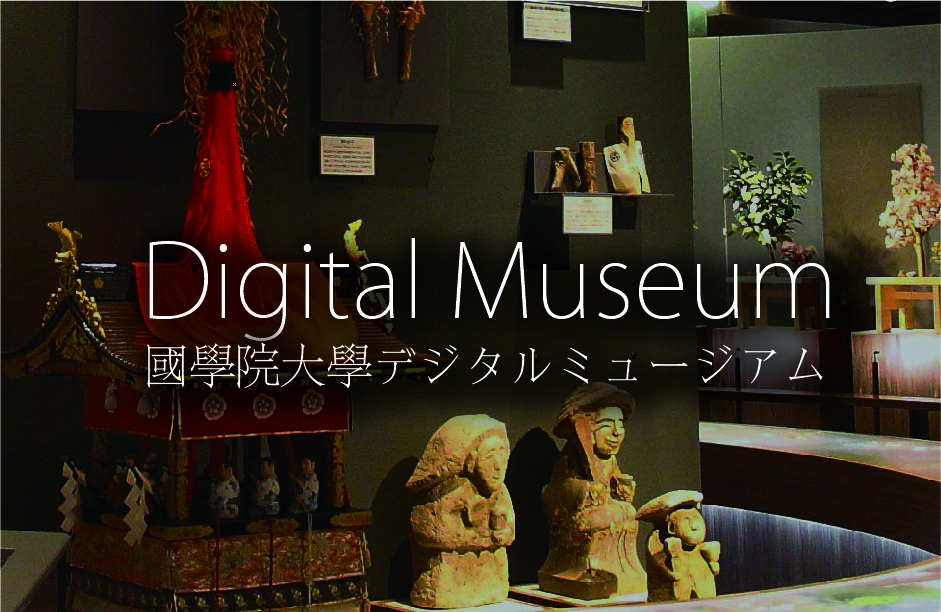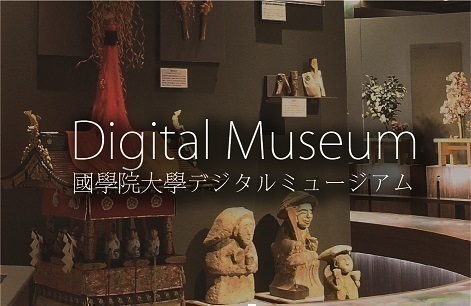- トップ
- Encyclopedia of Shinto
- Shōgatsu
Encyclopedia of Shinto
| Main Menu: | |
| Links: |
詳細表示 (Complete Article)
| カテゴリー1: | 5. Rites and Festivals |
|---|---|
| カテゴリー2: | Rituals in Daily Life |
| Title | Shōgatsu |
| Text | These are the various events in the first month of the year held to greet the new year. Besides the usual hatsumōde, this extremely varied roster includes imperial rites such as the shihōhai and the saitansai, community rituals, and family rituals like the nenga (New Year's Cards) and the otoshidama (gifts of money). According to the old calendar based on the phases of the moon, shōgatsu was on "mochi no hi" or "the full moon of the fifteenth day." Today, that day is now called koshōgatsu, or "little New Year's." When the new calendar was adopted, the custom of celebrating shōgatsu on sakutan, or "the first day of the month," spread among the populace, and the ancient koshōgatsu and ōshōgatsu ("the New Year proper") wound up co-existing. Ōshōgatsu events begin in most places on December 13, the day of commencement being called ōshōgatsu hajime or shōgatsu kotohajime. By nightfall of that day, a household would have felled a toshiki (New Year's decorative tree serving as the yorishiro for the New Year's kami) —represented by the kadomatsu (the pine sprig adorning the main entrance)—in the mountains and carried out the year-end cleanup (susuharai). On the 28th, families usually pound mochi and set up the toshidana (New Year's altar) in their main tatami living room. The New Year's holiday period lasts until January 7 and includes celebratory activities ranging from eating special foods such as boiled rice cakes known as zōni and performing such "first" thanksgiving rituals as hatsumōde (the first shrine visit of the year) and wakamizu kumi (the first drawing of water) on New Year's day itself, to drinking a "seven-grass soup" known as nanakusagayu on the seventh. The koshōgatsu celebrations, which take place mainly on the 15th, include making the kezuribana (flowers carved out of wood) and mayudama (festive twigs hung with sweets and talsimans) decorations. In the northeastern part of Japan, there are kami visitation events such as the namahage; fire festivals like the tondo; divinations for wealth or calamity known as toshiura; and performances of magic incantations such as the narigizeme and torioi (bird hunting). The events of shōgatsu are frequently compared to the events of obon. In addition to the fact that shōgatsu is about greeting the toshigami and obon is about greeting one's ancestral spirits, people have pointed out many other similarities between these two events that divide the year in two. For example, each entail setting up an altar—altars for the toshigami and the ehō (auspicious direction) in the case of shōgatsu, and the festival altar for the souls at obon. Similarly, there are comparable events for welcoming and sending off kami in the pine welcoming and sagichō (fire ritual) at shōgatsu and the flower welcoming (bonbana-mukae) and send-off fire (okuribi) at obon. — Iwai Hiroshi |





